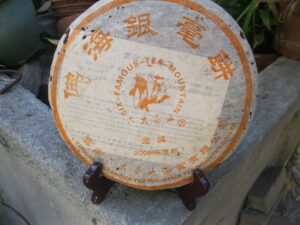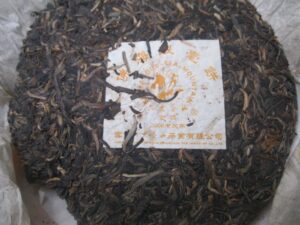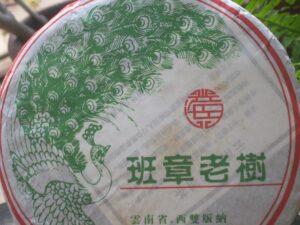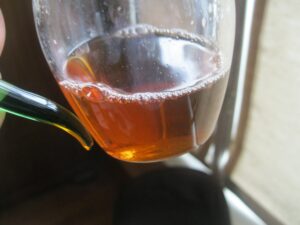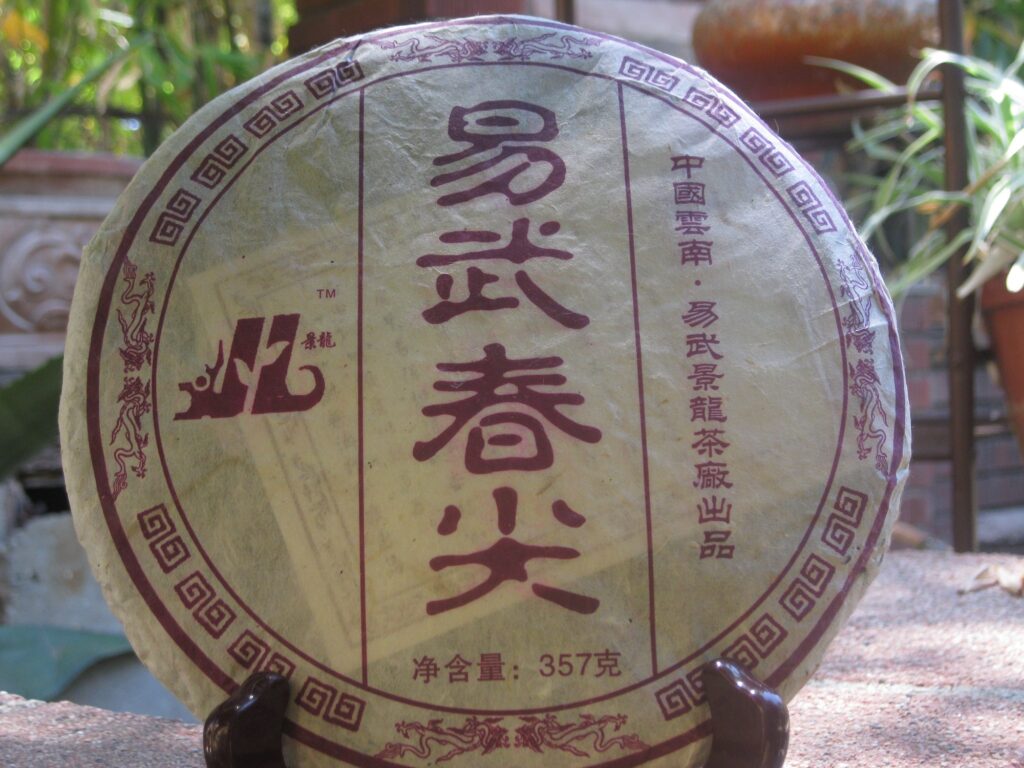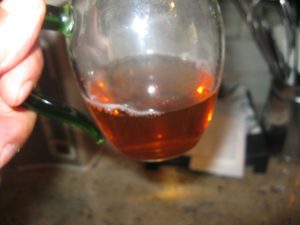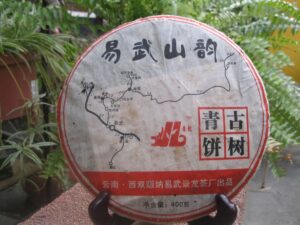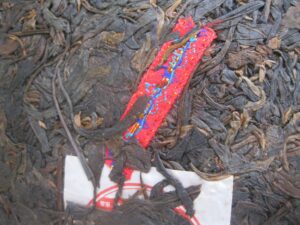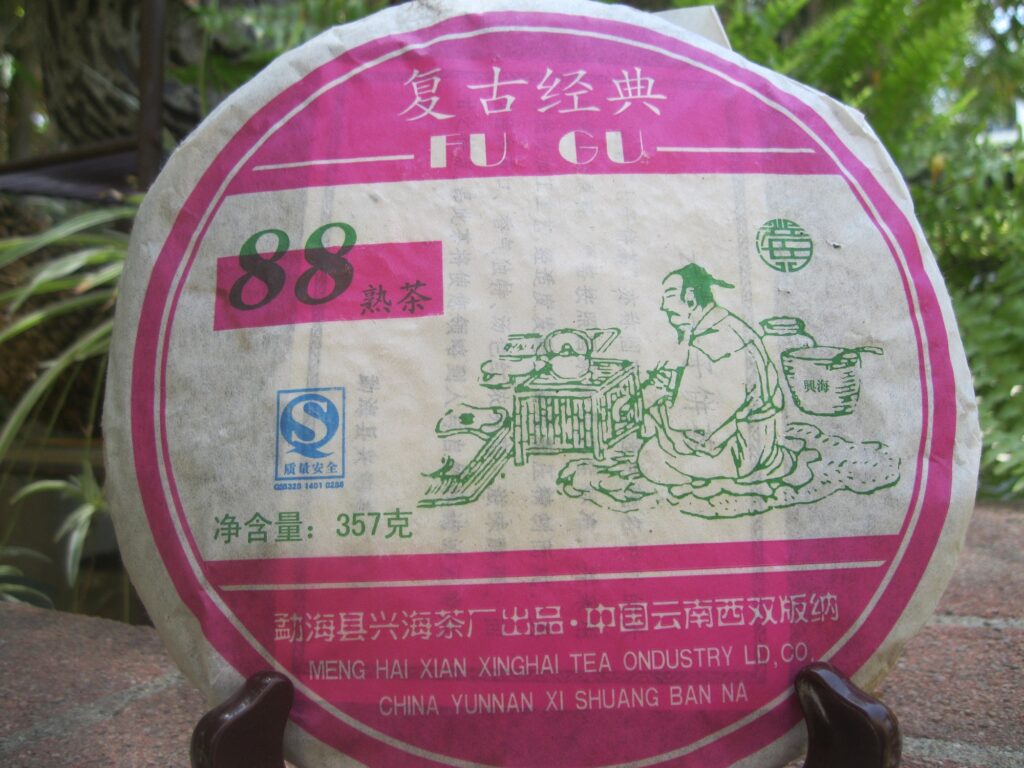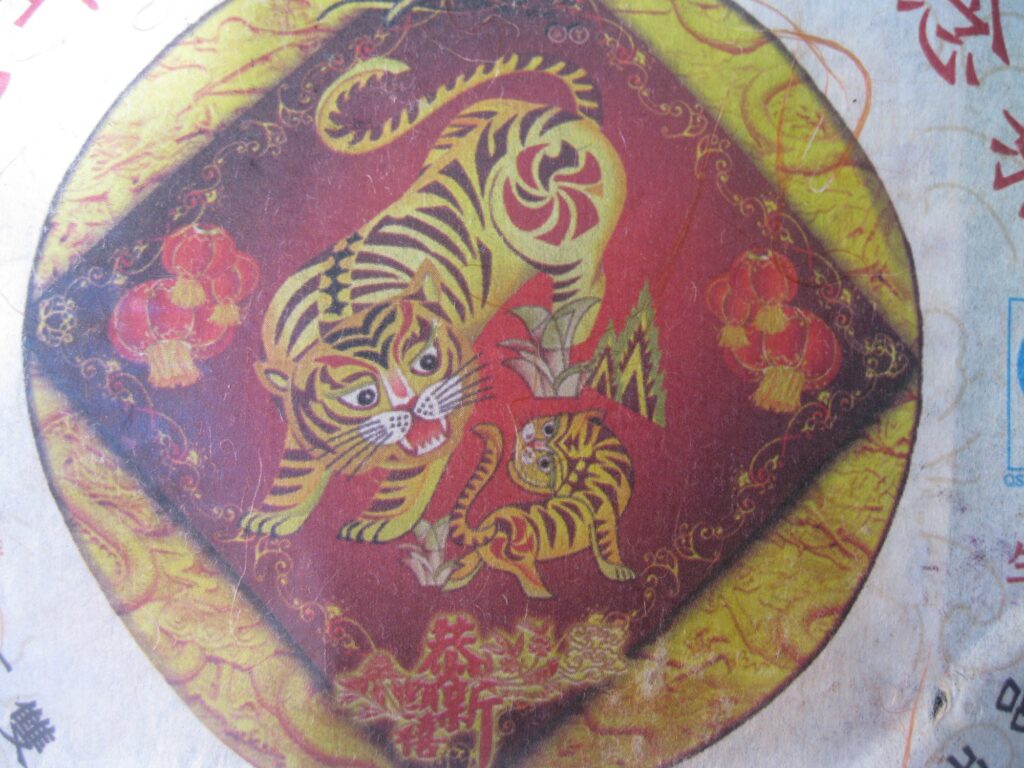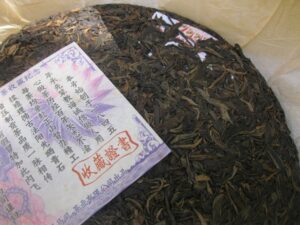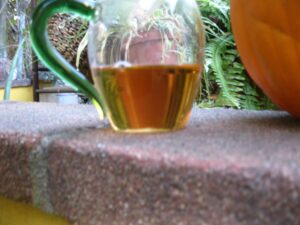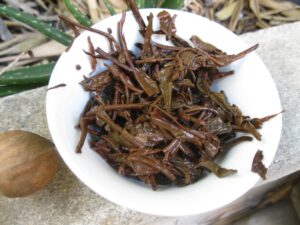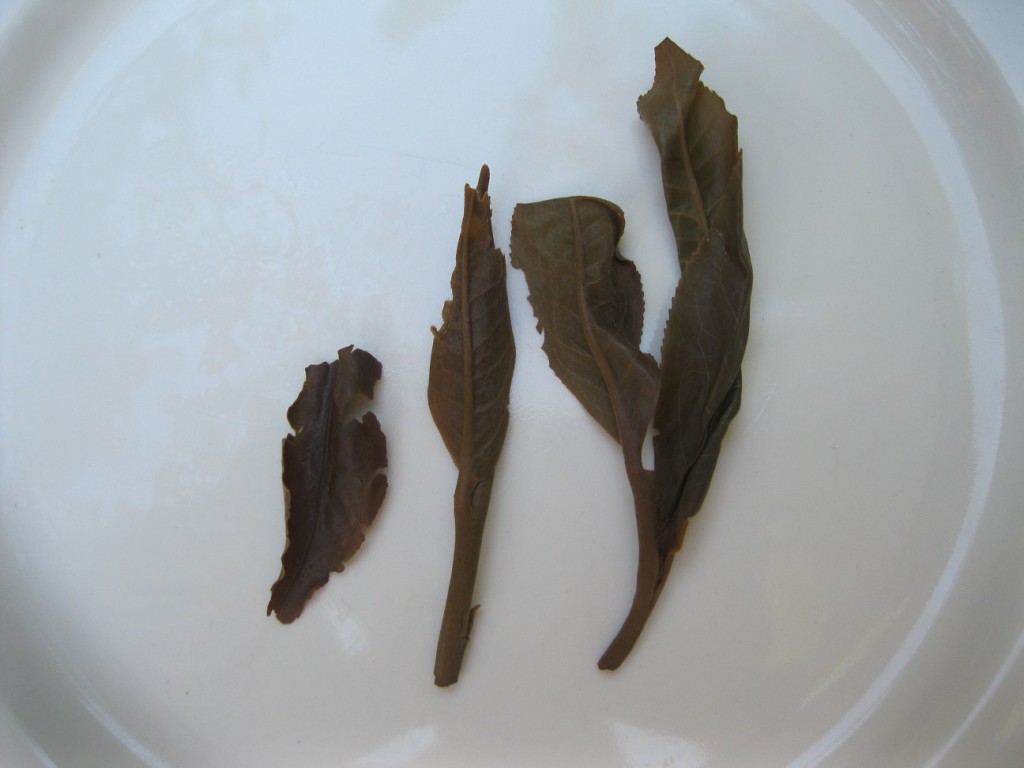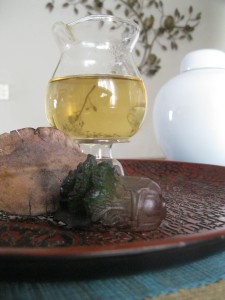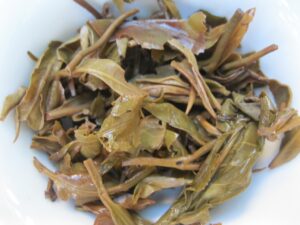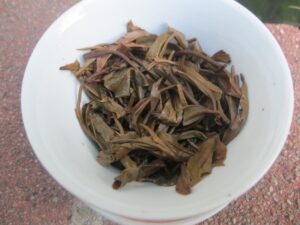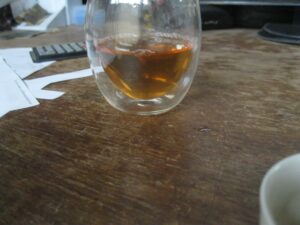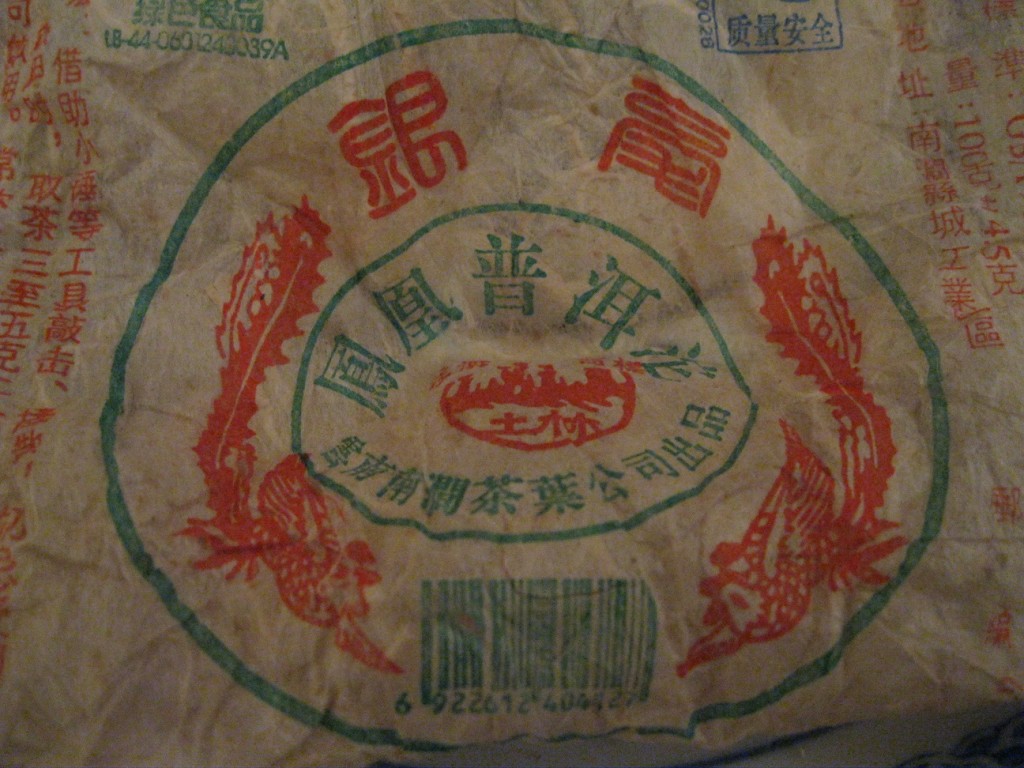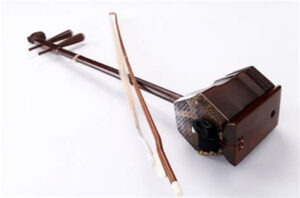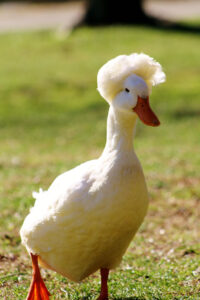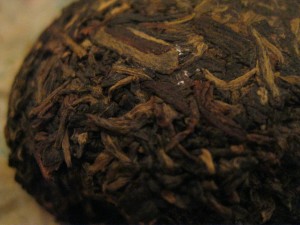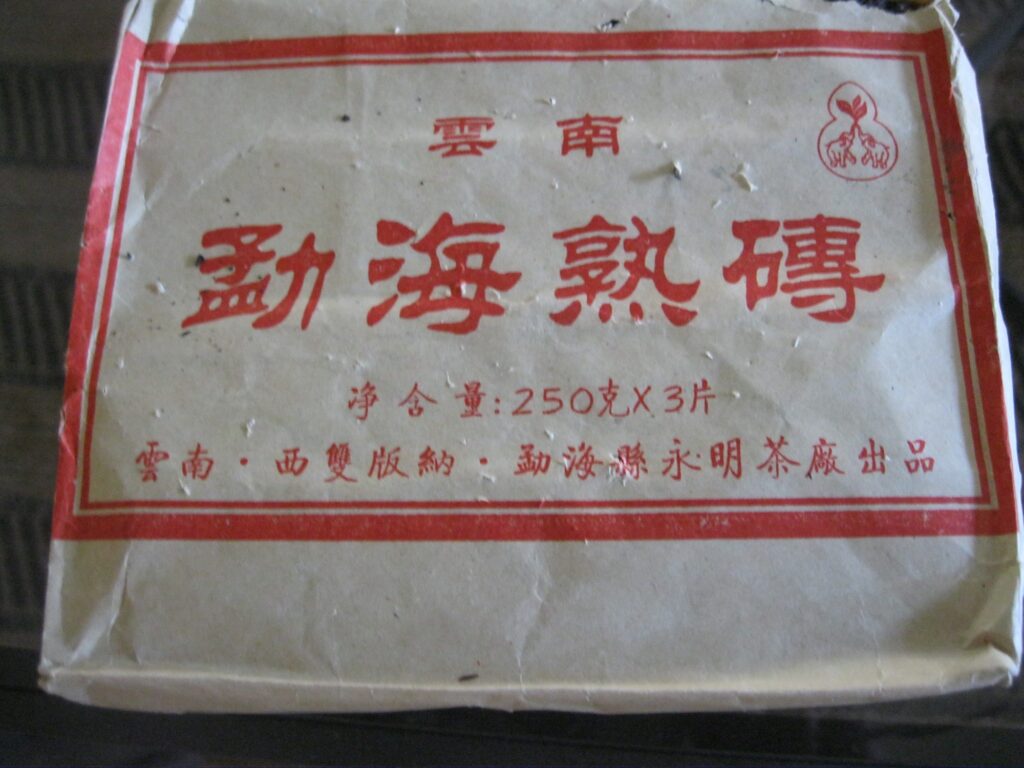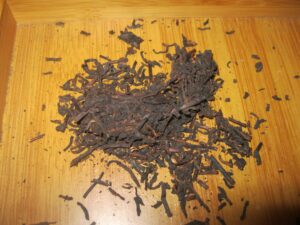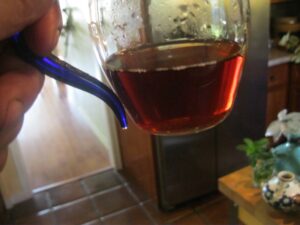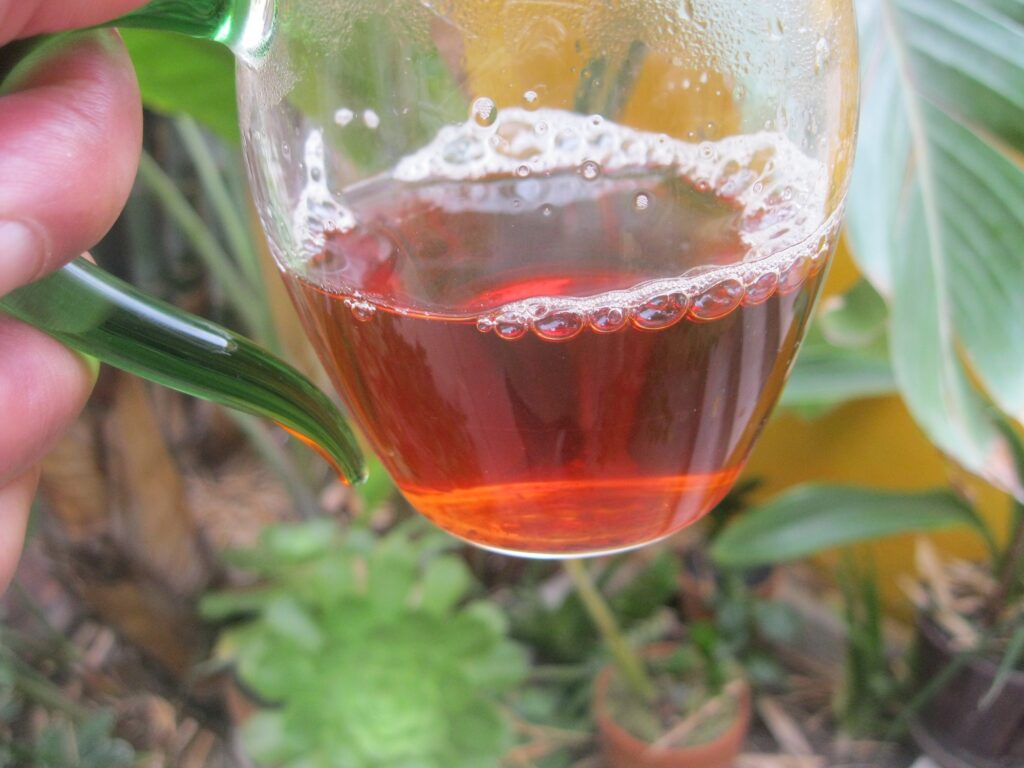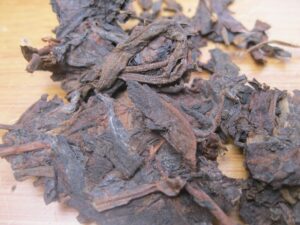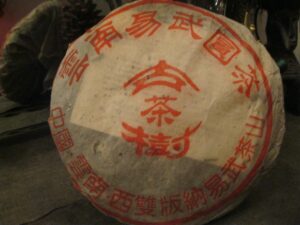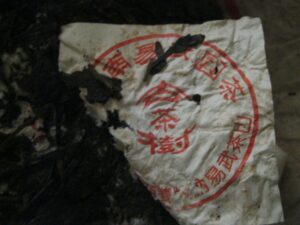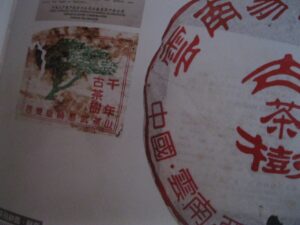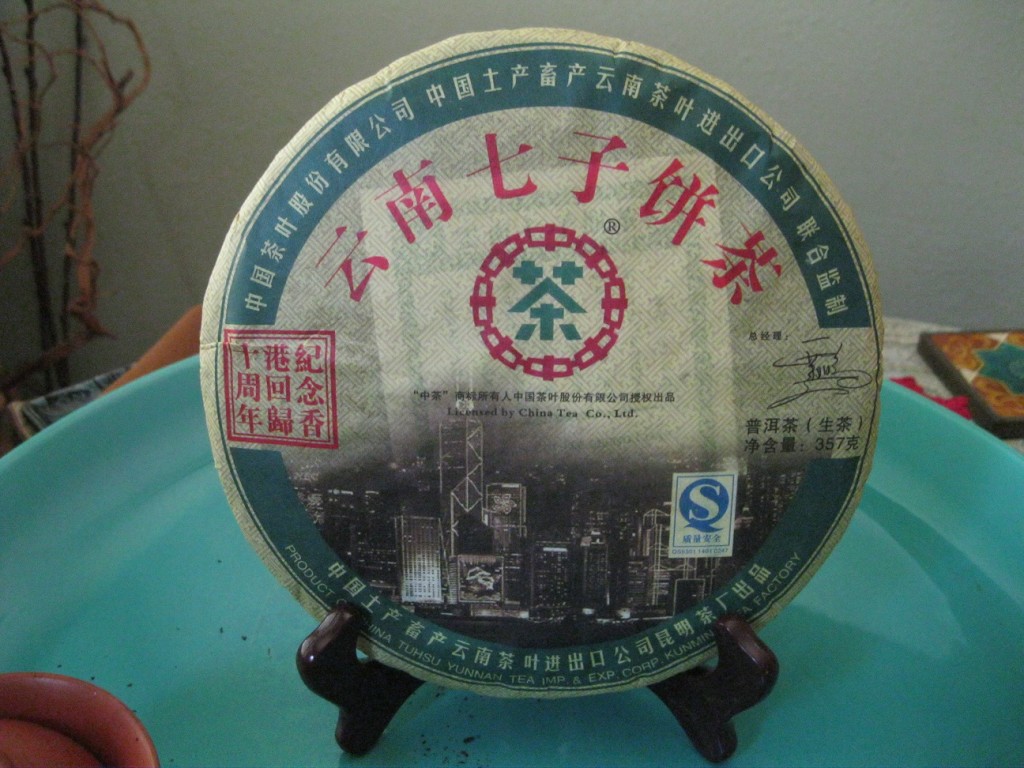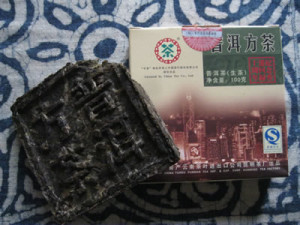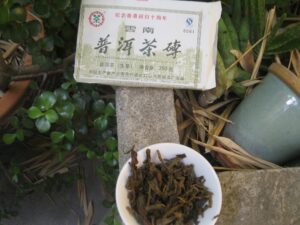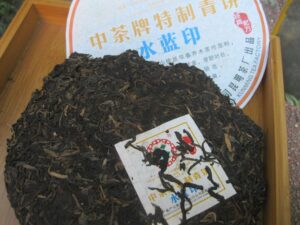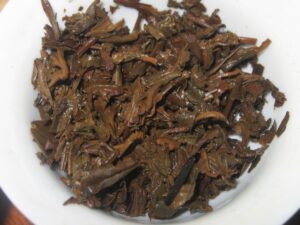Two Puerh Heavyweights from ’06
I’m finally ready to release Two Puerh Heavyweights from ’06. They reside at opposite extremes of the puerh spectrum, mid-aged to be precise. One is the Fohai, 6FTM and the other is Xinghai’s BZ Peacock. I’ve had the former better part of 18 mths and the latter over a year though began tasting in April.
The Fohai is old name of Menghai city and the famous tea factory. Since a great many of 6FTM’s productions are region specific, perhaps the choice of Fohai is a creative nod to the past. Perhaps this formulation hearkens back to a much earlier formula than but similar to the 7532. The reference might be to the Menghai factory itself but I cannot recall any direct MHTF linage as is the case with many notable others, e.g., Xinghai, Haiwan, and Du Qiongzhi to name a few.
The citrus and floral attributes sound with resolute clarity and joy. I’ve been tinning it since Feb ’21 and the honey notes and viscosity increased considerably. Being stored in conservatively cool conditions, it’s definitely on the younger side of ’06 by six years. This is more or less the case with most 6FTM productions between ’04 and ’09, the compression years.
Interestingly, tighter compression is less an index of quality than it is for how the treasure should be extracted from the whole and brewed. As far as the Fohai is concerned, larger pieces with a bit of shake is superior to any form breaking into smaller or individual leaves. This is not that type of production and tea bits invariably brew up more bitter and abrasive. Allowing the leaves to unfurl naturally through the course of several infusions yields a superior experience to the nuance of the tea itself.
The Fohai is stunningly elegant as far as most 6FTM productions I’ve encountered. It has a citrus note reminiscent of the Jade Mark but utterly foreign to any of their other 6FTM productions in the stash or collection.
The BZ Peacock is not for light weights. It’s in the Spirits Class of productions. Mesquite pervades the character of this Xinghai puerh cake. It possesses nearly all of the hideous notes: petrol, ash, wood, leather, and smoke but includes a most unexpected tartness. Without having experienced their ’06 Delta Peacock, I would have considered this sourness a bit of a flaw.
The cakes were magnificently stored on the drier warm side. The wood note thrives in such dryness. Others might discern mushrooms. Since being in my possession from Nov ’20, the BZ Peacock has only now reached a level of sweetness where it can be considered at drinking weight. It’s the sweetness amidst a welter of contrasting tastes that likely accounts for its precipitous appreciation of three fold since ’19.
If there’s any consolation, the BZ Peacock will be classified under Tobacco, since no Spirit category exists. Though banzhang is a part of the production’s name, it plays zero part in why it became part of the Collection. Name of terroir is only incidental to factory and wrapper. Mid-aged Xinghais with fancy wrappers command a great deal of the Puerh Junky’s attention. Offerings with the name BZ may command the attention from a great many others.
These two treasures will be offered by the 5th of Dec ’21.


